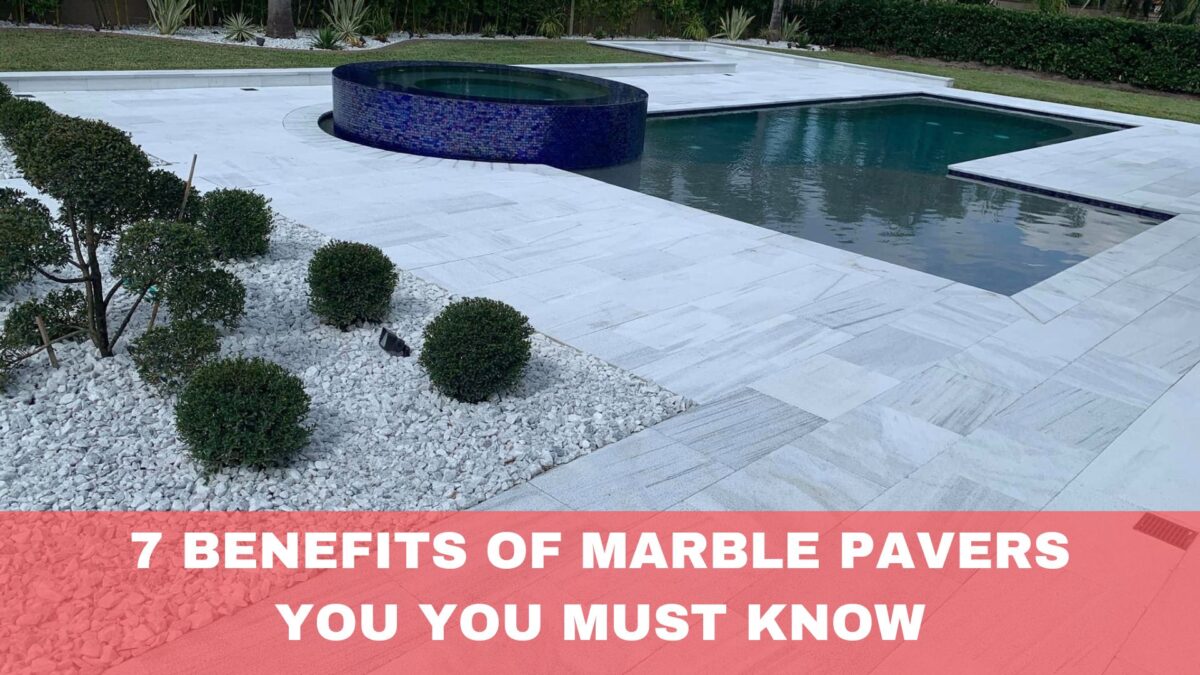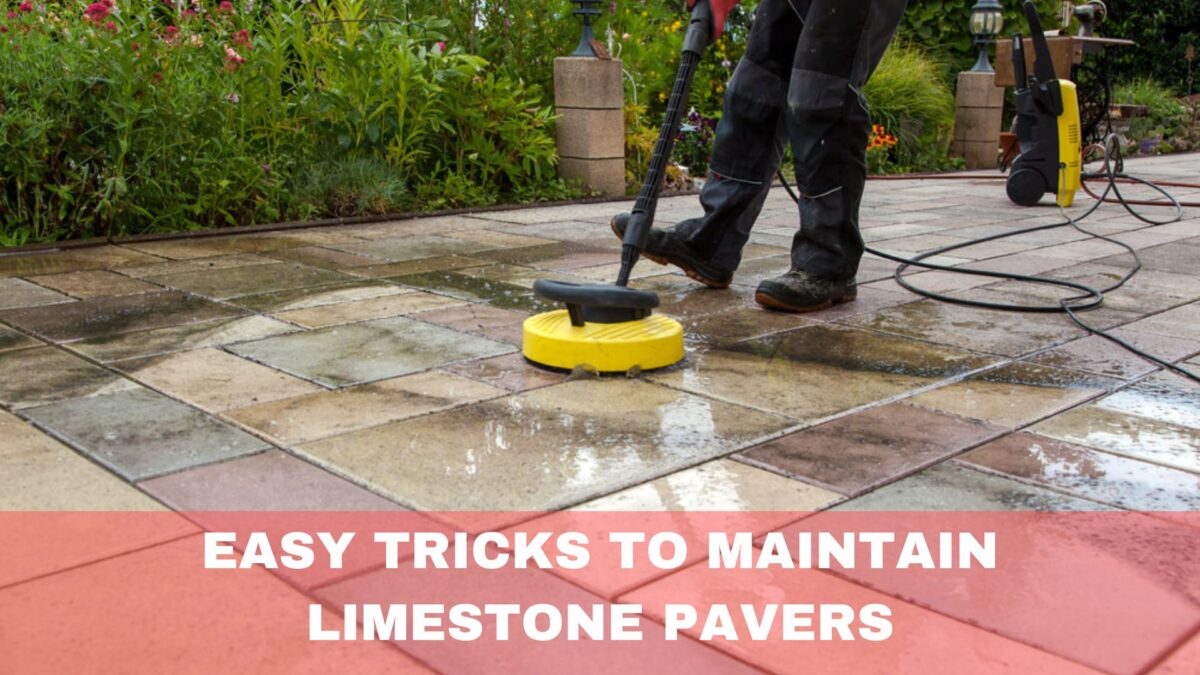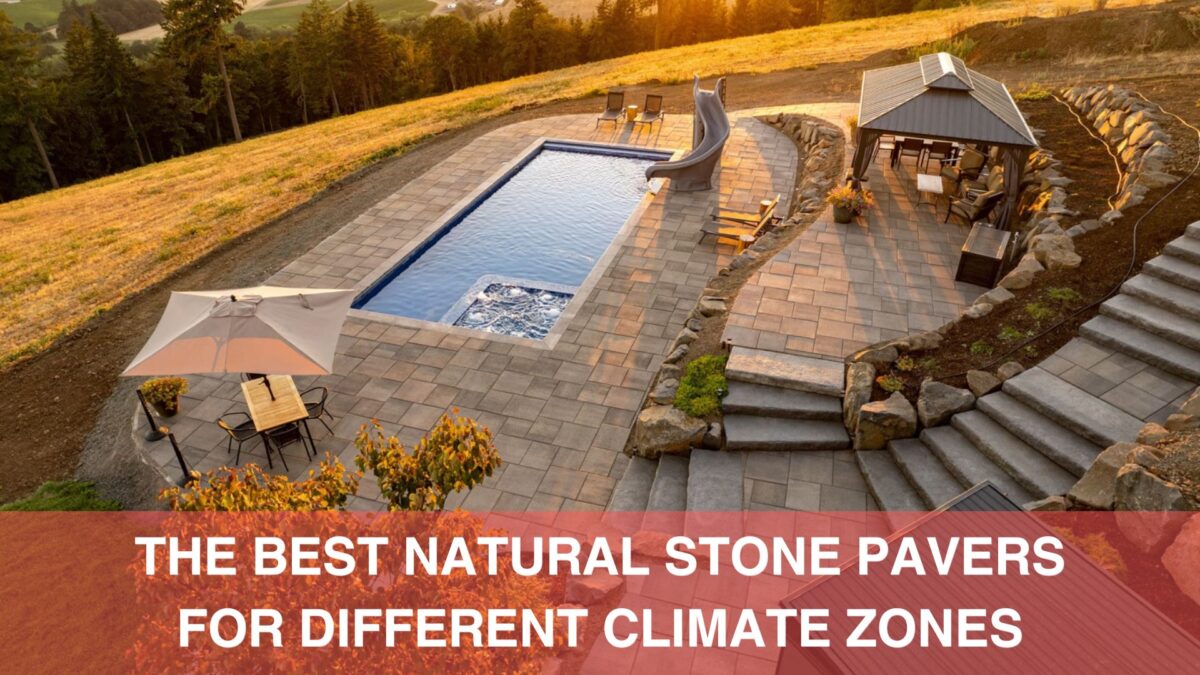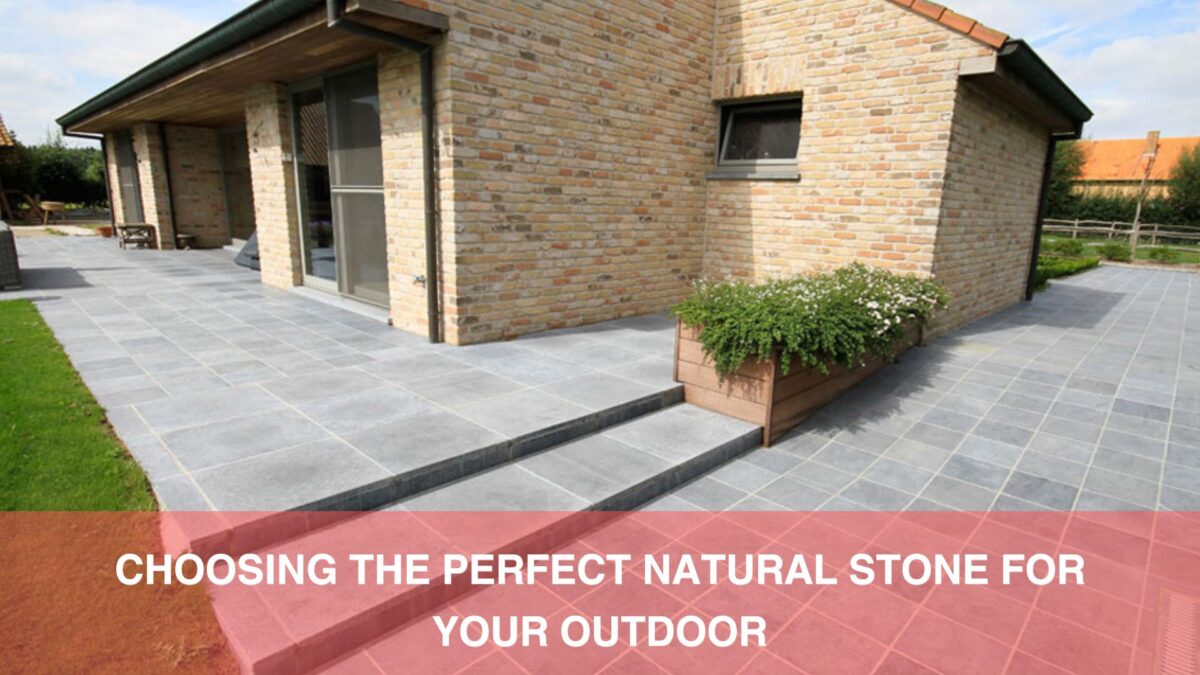7 Benefits of Marble Pavers You Must Know
Need help choosing the perfect material for your outdoor paving project?
Many materials need more elegance, durability, and low maintenance than homeowners desire, leading to frequent replacements and dissatisfaction.
Discover the top 7 benefits of marble pavers, the ideal choice for your outdoor spaces. They combine beauty, strength, and ease of maintenance.
1. Elegance and Aesthetic Appeal
Marble pavers are renowned for their natural beauty and elegance, making them a top choice for enhancing the visual appeal of outdoor spaces.
The inherent veining and unique patterns in marble create a sophisticated and timeless look that can elevate any landscape design. Each piece of marble is distinct, offering a one-of-a-kind aesthetic that adds character and charm to your outdoor area.
Another significant advantage of marble is its versatility in design and colour. Available in various shades, from classic whites and creams to rich greens and deep blacks, marble pavers can complement multiple architectural styles and personal preferences.
Whether you aim for a modern, minimalist look or a traditional, luxurious ambience, marble provides the flexibility to achieve your desired aesthetic.
Using marble pavers in outdoor spaces such as patios, walkways, and pool surrounds enhances their beauty and adds a sense of luxury and sophistication.
The polished surface of marble reflects light, creating a bright and inviting atmosphere. Additionally, marble’s durability ensures its elegant appearance will endure over time, maintaining its stunning visual appeal with minimal maintenance.
2. Durability and Longevity
Marble pavers are exceptionally durable and highly resistant to wear and tear. This makes them an excellent choice for outdoor spaces that experience heavy use.
The natural composition of marble provides a rigid, resilient surface that can withstand weather, foot traffic, and even vehicle loads without showing signs of damage or degradation.
One of the standout features of marble pavers is their longevity. Compared to other materials like concrete or wood, marble retains its structural integrity and aesthetic appeal for much longer. This longevity means fewer replacements and repairs, resulting in cost savings.
The stone’s natural resistance to moisture, heat, and cold further enhances its durability, ensuring it remains a beautiful and functional part of your landscape for years.
Another significant advantage of marble is its suitability for high-traffic areas. Whether used for driveways, walkways, patios, or pool surrounds, marble pavers can withstand continuous use while maintaining their elegance and strength.
Their robust nature makes them ideal for both residential and commercial applications. They provide a long-lasting paving solution that combines beauty with practicality.
3. Heat Resistance
Marble pavers are renowned for their excellent heat resistance, which is ideal for outdoor applications, especially in sunny climates. One of the key benefits of marble is its ability to stay calm under direct sunlight.
Unlike other materials that absorb and retain heat, marble reflects much of the sun’s rays, keeping its surface temperature lower. This quality ensures that marble pavers remain comfortable to walk on, even during the hottest days.
This heat-resistant property makes marble pavers particularly well-suited for pool areas and patios. Having an excellent underfoot surface enhances comfort and safety around swimming pools, where barefoot walking is daily.
The last thing you want is a scorching hot surface that makes it uncomfortable or unsafe to enjoy your outdoor spaces. Marble’s natural ability to stay cool provides a practical and pleasant solution for these high-use areas.
In addition to comfort, marble’s heat resistance helps maintain the integrity and appearance of the pavers over time.
Continuous exposure to intense sunlight can cause some materials to warp or discolour, but marble remains stable and retains its aesthetic appeal. This durability ensures that your poolside or patio remains beautiful and functional for years, making marble pavers a smart investment for heat-prone environments.
4. Low Maintenance Requirements
One of the standout benefits of marble pavers is their low maintenance requirements. Marble is remarkably easy to clean and maintain, making it a practical choice for busy homeowners.
Regular sweeping and occasional washing with a mild detergent is typically all needed to keep marble pavers looking pristine. This simplicity in upkeep ensures that your outdoor spaces remain beautiful with minimal effort.
Marble pavers also boast excellent resistance to stains and scratches. The stone’s dense, non-porous nature means it does not readily absorb spills or dirt, reducing the risk of permanent stains.
Additionally, marble’s hard surface is less prone to scratching than softer materials, maintaining its smooth, polished appearance even in high-traffic areas.
Periodic sealing further enhances the durability and longevity of marble pavers. While marble is naturally resilient, applying a sealant every few years protects against moisture, staining, and wear.
This simple maintenance step helps preserve the stone’s aesthetic appeal and structural integrity, ensuring that your marble pavers continue to impress for decades.
5. Increased Property Value
Investing in marble pavers can significantly boost your property’s aesthetic and market value. Marble’s timeless elegance and luxurious appearance create a visually stunning outdoor space that enhances your home’s overall appeal.
Whether used for walkways, patios, or pool surrounds, marble pavers add a touch of sophistication and refinement that is hard to match with other materials.
Marble’s ability to elevate the visual appeal of your property makes it highly desirable among potential buyers. Homes with well-designed, elegant outdoor spaces often attract more interest and higher offers from prospective buyers.
Marble pavers’ durability and low maintenance requirements also contribute to their appeal, as buyers recognize the long-term benefits of investing in a property that requires minimal upkeep while maintaining its beauty.
Additionally, the premium nature of marble can set your property apart in a competitive real estate market.
Buyers often pay a premium for homes with high-quality materials and finishes, knowing these elements add lasting value and aesthetic charm.
6. Eco-Friendly Material
Marble pavers are eco-friendly, offering numerous environmental benefits that make them a sustainable option for outdoor spaces.
As a natural stone, marble is sourced directly from the earth, minimising the need for synthetic materials that often involve harmful production processes. This makes marble a natural and sustainable choice for eco-conscious homeowners.
Marble quarrying practices have also evolved to become more environmentally friendly. Many quarries now adhere to strict environmental regulations and employ sustainable extraction methods.
These practices include reducing energy consumption, minimising waste, and restoring quarry sites after extraction. By choosing marble pavers, you support industries that prioritise environmental stewardship.
Additionally, marble is both recyclable and biodegradable. At the end of its life cycle, marble can be crushed and reused in other construction projects, reducing the need for new raw materials and lowering the overall environmental impact.
If left to decompose naturally, marble will break down without releasing harmful environmental pollutants, unlike many synthetic materials.
7. Versatility in Applications
Marble pavers are incredibly versatile, making them suitable for outdoor and indoor applications.
Their natural beauty and durability allow them to seamlessly integrate into various design styles and functional requirements, providing aesthetic appeal and practicality.
One of the most popular uses of marble pavers is in outdoor patios. Their elegant appearance and cool surface underfoot make them an ideal choice for creating sophisticated and comfortable outdoor living spaces.
Marble pavers can also be used in driveways. Their strength and durability withstand heavy vehicle traffic while adding a touch of luxury to your home’s exterior.
Walkways are another common application for marble pavers. Their slip-resistant surface and resistance to weathering make them a safe and durable option for paths and garden walkways. The unique veining and colour variations of marble add visual interest, enhancing the overall landscape design.
In addition to outdoor uses, marble pavers are also suitable for indoor applications such as flooring in entryways, kitchens, and bathrooms. Their timeless elegance and ease of maintenance make them a practical and attractive choice for high-traffic areas inside the home.
Conclusion
Marble pavers offer elegance, durability, low maintenance, heat resistance, eco-friendliness, increased property value, and versatility.
Consider marble pavers for your next project to enhance both beauty and functionality. Visit Splendour in Stone for high-quality marble pavers and transform your spaces with timeless elegance and lasting performance.







